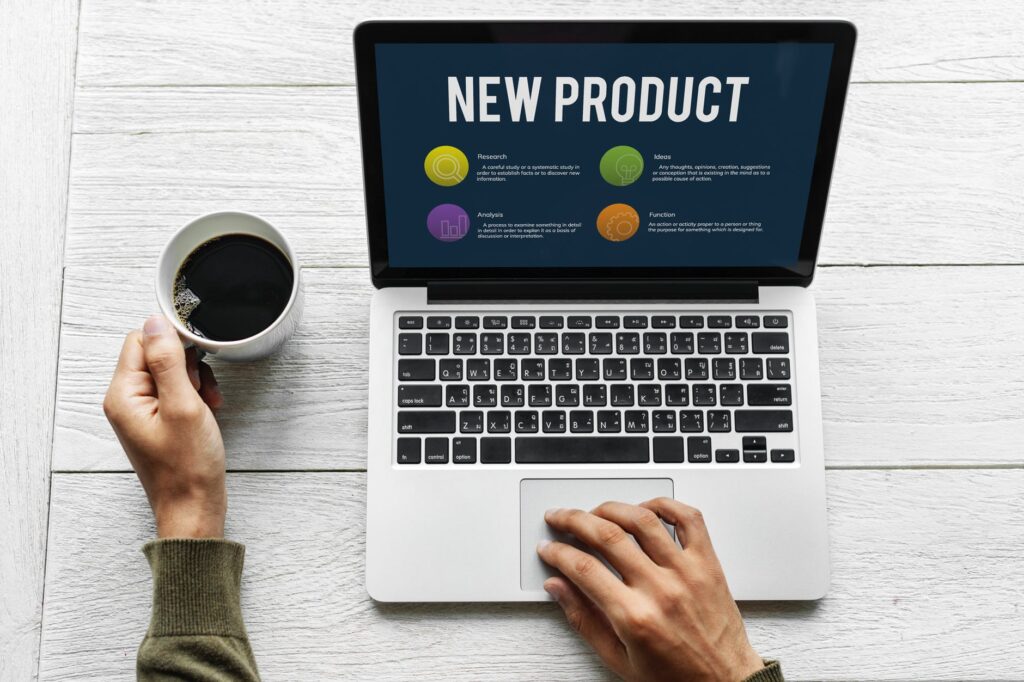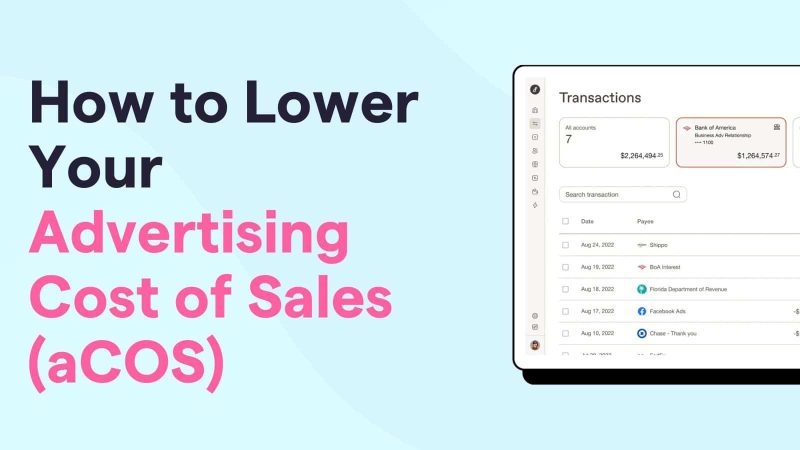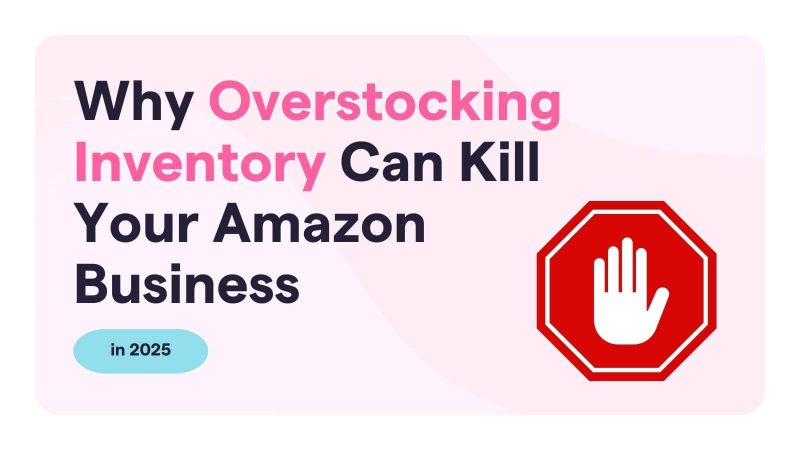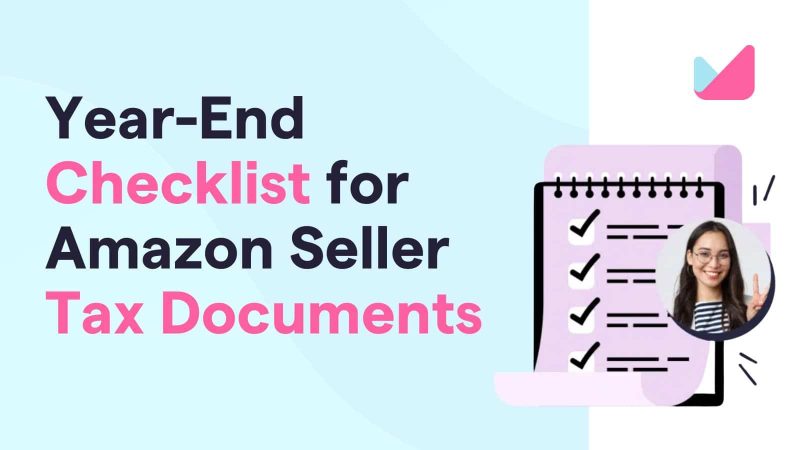When it comes to selling physical items online, your choice of products is the most important factor in your success.
The size and weight of your goods is the main component in determining your shipping costs, inventory costs and warehousing costs. They are the heart of your online business and affect every aspect of the way you do things. As you can see, there is nothing that impacts your online business more than your choice of products and that makes it the most important decision affecting how you move forward to build and grow a successful operation.
This means that you should devote a reasonable amount of time to research before selecting your product range to sell through Fulfilment By Amazon (FBA). Which brings us to the core question of this article: how do I find the best products to sell on Amazon FBA?
What are the best products to sell?
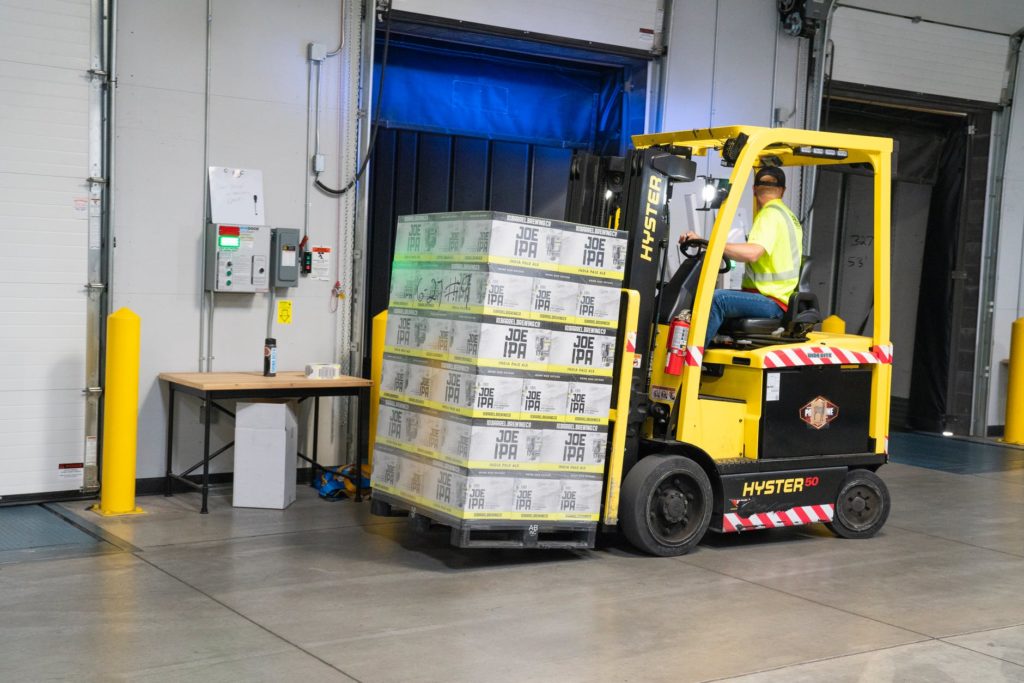
Ideally, the best products are ones that are functional, serve a purpose, are differentiated from the competition in a tangible way and provide demonstrable value. If they can solve an everyday problem, then it is highly likely that there will be recurring demand for such items.
When you’re looking for products to sell on Amazon FBA, the most suitable goods are ones that serve a specific rather than a general purpose, and are designed to meet the needs, wants and emotions of potential customers. Otherwise known as niche products…
“A niche is tightly defined market segment that has a similar trait in common… Whether it is a common interest, location, demographic, or problem, this group of people share one commonality that allows them to be readily identified as a unique sub-section of a market.”S
General categories such as “running shoes” or “cutlery” are overloaded with competition from large players. As we drill down on more specific groups of products, the level of demand may decrease, but there is also less competition vying for the business.
For example: reusable food wrap, eco-friendly shoe insoles or gourmet car air freshners.
Niche products that have unique features attract sales. This means that even minor differences such as color and shape have the ability to set you apart from the others.
Important factors to consider when deciding what to sell:
Before you begin searching for actual products to store with FBA and sell on Amazon, there are some criteria to keep in mind that will help you to become successful in building your business. Not every product idea is a good idea – laying down the rules for what to sell ahead of time, and sticking to this criteria will aid with keeping your analysis grounded in facts rather than buying stock based on hunches and emotion.
Here are some of our top factors to keep in mind. When you set your criteria, make sure that it ties in with your overarching goals and strategy. Think about what you want to get out of Amazon FBA and let this guide your decision making process.
Price:
Your selling price is the core of your profitability and it is generally believed that to start your Amazon business, products should be in the range of $20-100. The reasons are straightforward. When products are less than $20, fees will often consume much of your margins. If you’re trying to market a product for more than $100, the initial cost of purchasing inventory will be quite expensive (especially if you only have limited funds to get started). Furthermore, if you are developing a new private label product, it is harder to convince people to buy larger ticket items from an unknown brand.
Product Demand:
Items that have sufficient demand from buyers mean that the size of the niche is worth competing for. Ask yourself: are there more than 400 sales a month for similar products? Are there at least 2000 sales a month by the top ten sellers of the product? The answers to these questions will determine if the product you are researching is worth adding to your shortlist.
Here are some tools that can be used to help gauge product demand:
Shipping and transport:
Look for durable and simple products that are not oversized and avoid fragile items. Experienced Amazon seller, Matt Clark suggests a maximum weight of 3lbs. Check out blog.amazing.com to learn more from the team at Seller Pro.
Oversized items attract surplus FBA handling fees – see here for more information on the FBA fee structure.
Sources:
Where you purchase inventory from will vary depending on your market strategy. There are three main types of sellers: private labellers, resellers and those conducting retail arbitrage (discussed in the next section). The product sourcing strategy for each type of seller varies:
Private labellers find niche opportunities to add their own brand to an existing product or augment it in some way that customers are demanding. The most common source of suppliers for private labellers is Alibaba.
Resellers purchase goods from suppliers and manufacturers in bulk at wholesale prices and sell them on Amazon at retail prices (just like your traditional retail shops, but online). For resellers, the easiest way to find products to distribute is to simply contact the supplier and ask to be a stockist of their products. In saying this, a large number of brands are deciding to go direct to consumers through Amazon and may be apprehensive about supplying third-party resellers that could be seen as competition.
Retail arbitrage involves finding deals on items through liquidation and clearance sales. Think of someone going to Walmart and noticing that Breville Toasters are 50% off. They see the opportunity to resell them on Amazon for a profit after fees, so they buy 10 units and send them to FBA for resale. For this type of seller, they tend to have many different sources of products (they go where the opportunity lies) – but large chain retail is normally the most popular place to go.
Consistent sales:
The less seasonality, the better. When you’re searching for the best products to sell on Amazon FBA, remember that the more consistent sales are, the easier it will be to make a profit and run a sustainable business. This will simplify your inventory control and reduce costs considerably.
Imagine selling Christmas lights or bikinis – whilst the festive season and summertime will be sure to yield lots of business, the challenge of keeping sufficient inventory levels during these periods and clearing out any leftover stock thereafter is a headache that many sellers choose to avoid.
To help get a gauge on seasonality, try searching the keywords related to your product ideas into Google Trends:

As we can see in the screenshot above, the relative search volume for Christmas lights in the United States peaks around December and there are comparatively minimal search volumes throughout the rest of the year.
When using Google Trends, it’s important to remember that these graphs are based off relative search volume, not actual search volume. An item with steady traffic may look something like this:

Competition:
Do the current top sellers have less than 100 reviews? Are there reviews that reflect negatively on the product? Does your product overcome the perceived faults in the competing items? Does your product have a clearly identified benefit over the others in the marketplace?
A great way to identify potential product opportunities is to scan through the reviews for top ranking products in any given keyword/niche. If you find that people are leaving negative feedback about some kind of desired change or problem, this often signifies the opportunity to improve upon the existing products on the market (private labellers).
Is there some kind of problem that a handful of different buyers are mentioning? Great! Use this to your advantage.
High profit margin per unit:
You will need to know that you can make a reasonable profit from selling your product. How you price it is critical. The sale price of your goods needs to cover:
- Amazon selling fees.
- FBA fees.
- Cost of buying inventory.
- Shipping into FBA.
- Quality inspection and preparation costs.
- Development costs if you’re creating a private label product.
- A margin of safety for unexpected costs.
With such high levels of demand and competition that are typical on Amazon, it is not uncommon for new sellers to underprice their goods by forgetting to take all the outgoings into account.
Private labellers tend to have higher profit margins than resellers, as there are more moving parts in the supply chain. They also need to cover their development costs and the risk of liquidating stock from an unknown brand if it doesn’t sell.
The odd product:
Look for unusual products that are not sold through traditional stores. Generally, the more obscure the product, the lower the competition. Popular products tend to attract intense competition, so avoid items where the category is dominated by a prominent brand.
Types of Amazon FBA sellers:

As we previously mentioned, the three main types of Amazon FBA sellers are:
- Private labellers – merchants who develop products to meet needs in the market or add their own brand to an existing product to create a point of differentiation.
- Resellers – companies that purchase existing goods from suppliers in bulk at wholesale rates and then proceed to sell them on Amazon for retail prices.
- Retail arbitrage – people who scout through large chain stores (e.g: Target and Walmart), and other websites for deals on existing products, then resell these items through FBA for a profit.
Private Labellers:
According to the A2X ‘How to sell your Amazon FBA business’ guide, the following pros and cons are important to consider when deciding whether to become a private labeller:
Pros:
- Value is added through branding, in theory increasing consumer trust. This creates a barrier to entry for competing sellers and shifts the focus from solely competing on price.
- Relative ease to offer a diversified portfolio of products under your own brand. Allows you to spread risk across various product categories.
- Each successful product offering compounds your income – there is a clear path towards growing the business. Scalability if structured right.
- A successful private label business is more attractive to buyers than a reseller offering the same products.
Cons:
- High level of reliance on Amazon – unless you develop your own website and offer the same products on other platforms, you are quite susceptible to third party risks.
- High probability of purchasing a product that doesn’t sell in the early stages of the business – although this risk can be mitigated through diligent research, it can pose significant risks for entrepreneurs with little startup capital.
- Medium-high levels of competition – if another private labeller notices the opportunity you are capturing, they can easily offer a similar product.
- Cash intensive – stocking lots of products and constant prototyping does have a real cost.
- Time intensive – dealing with customer enquiries, liaising with factories around the world, paying a wide range of bills to various parties, and constant research/prototyping takes a significant amount of work.
Finding products to sell:
Check out our latest guide on ‘how to become an Amazon FBA seller’ for a step-by-step tutorial on identifying product opportunities, finding suppliers, designing the packaging and setting up your supply chain for success.
Resellers:
In the A2X ‘How to sell your Amazon FBA business’ guide mentioned above, the following pros and cons are important to consider when deciding whether to become a reseller:
Pros:
- Easy to develop business, and low startup costs.
- You can gauge how well the items are selling before you buy them.
Cons:
- Potentially unlimited competition – very low barriers to entry can be a double-edged sword in that almost anyone can ‘copy’ your business strategy.
- Due to the extremely low barriers to entry, profitable products can easily become unprofitable due to increases in the level of competition between when you purchase the product and when it is listed for sale on Amazon.
- You are reliant on Amazon’s goodwill – if you accidentally list a product that you are forbidden from selling, you risk having your Seller Central account removed. Care must be taken in deciding which products to sell.
- This type of business can be hard to sell, as there is little value added (compared to that of a private labeller).
- Reliable supply can potentially be a problem.
Finding products to sell:
To build a sustainable and reliable Amazon FBA business as a reseller, it is very important to consider how you go about sourcing products. This is the playing field of many big companies. In recent years, a large number of established brands have decided that rather than supplying resellers to make a profit on Amazon, they will simply go direct to the market and keep the retail margins.
Sure, Amazon has millions of products for sale. But they don’t sell everything. There are still plenty of brands that make awesome products which aren’t available on Amazon. If you see an opportunity to bring a new product to the Amazon Marketplace, why not approach the company and offer to provide them with a new distribution channel?
The worst they can do is say no.
Retail Arbitrage:
This is the easiest way to get started on Amazon – and for many sellers, it is a great way to dip your toes in the water to see if being a merchant is something you would like to pursue.
Pros:
- Minimal investment required.
- Ability to stock a diverse range of products with relative ease.
- There are deals available everywhere if you look.
- No need for minimum order quantities or designing new products.
- You don’t need to cultivate relationships with suppliers.
Cons:
- Small changes in price between when you purchase and sell the item can erode profit margins.
- Getting reliable sources of supply is almost non-existent.
- Almost impossible to sell this type of business, as you are adding very small amounts of value and it is not easily scalable.
- When inventory is commingled, it is possible for FBA to send damaged or counterfeit products as substitute for yours (potentially damaging your reputation).
Finding products to sell:
There are plenty of barcode scanning apps available that make it easy to determine whether any particular product can be profitable to sell through FBA.
If the strategy of retail arbitrage sounds like the kind of Amazon business you would like to be involved with, check out the blogs and courses provided by The Selling Family – they are specialists in retail arbitrage.
Where do I get started?

There are plenty of things to learn when building an online business. Finding the best products to sell on Amazon FBA is arguably one of the most important aspects of succeeding on Amazon.
The key here is to get started and take action. Begin by deciding what type of Amazon seller you are going to be, then get to work on the next steps moving forward.
More resources to help on your journey to becoming a top Amazon FBA seller:
- How to become an Amazon FBA seller – step by step guide for getting started as a private labeller, finding products, becoming a reseller, setting up your account etc.
- Jungle Scout Blog – full of insightful tips, tutorials and tricks for becoming a private labeller. Their web app is packed with tools to help you succeed.
- How to find the best products to sell on Amazon – insightful tutorial by Jungle Scout
- How to sell your Amazon FBA business – by starting with the end in mind, you can get a great idea of the most important actions in the beginning.
- MuseMinded blog – for more great tips and tricks on Amazon accounting and succeeding in this lucrative space.
MuseMinded is an accounting firm dedicated to helping Amazon sellers succeed. The accounting industry is experiencing extreme levels of disruption through automation and technological advancement – it is our mission to help clients make the most of these innovations through the intelligent use of technology.
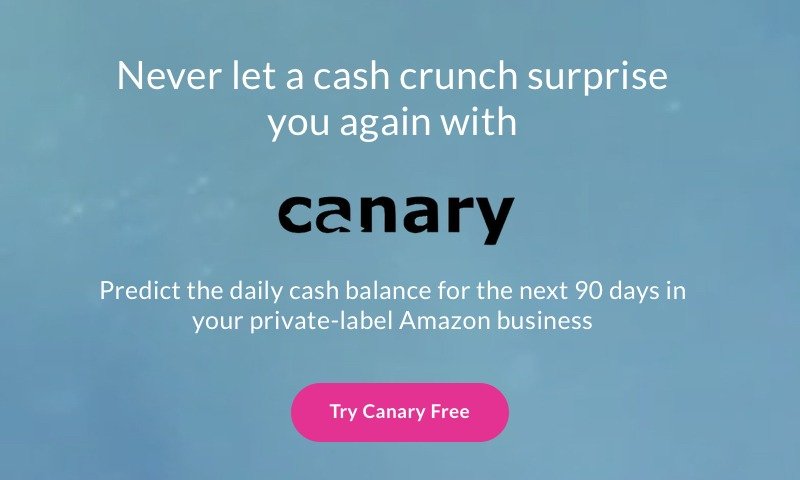
')}
